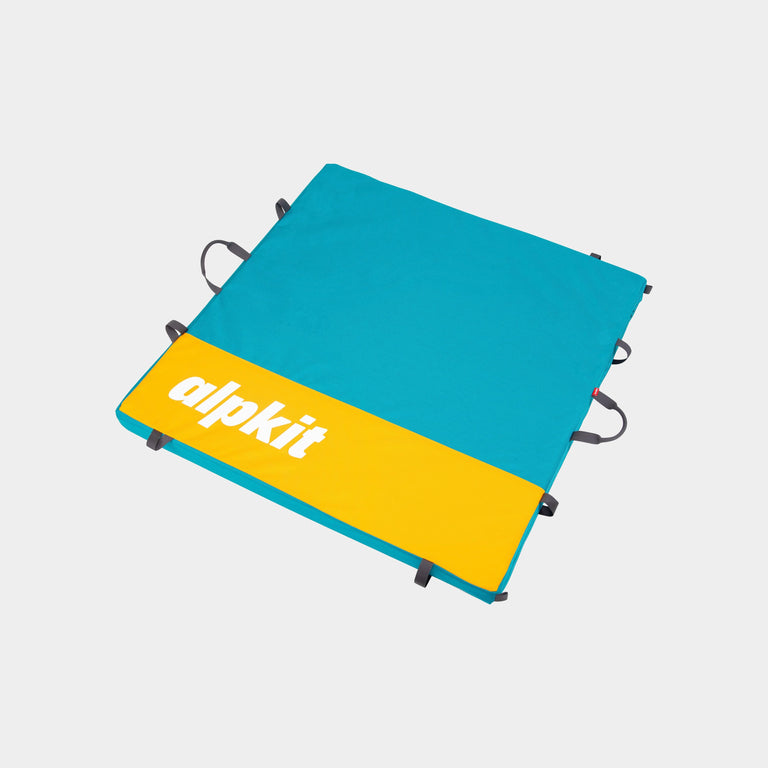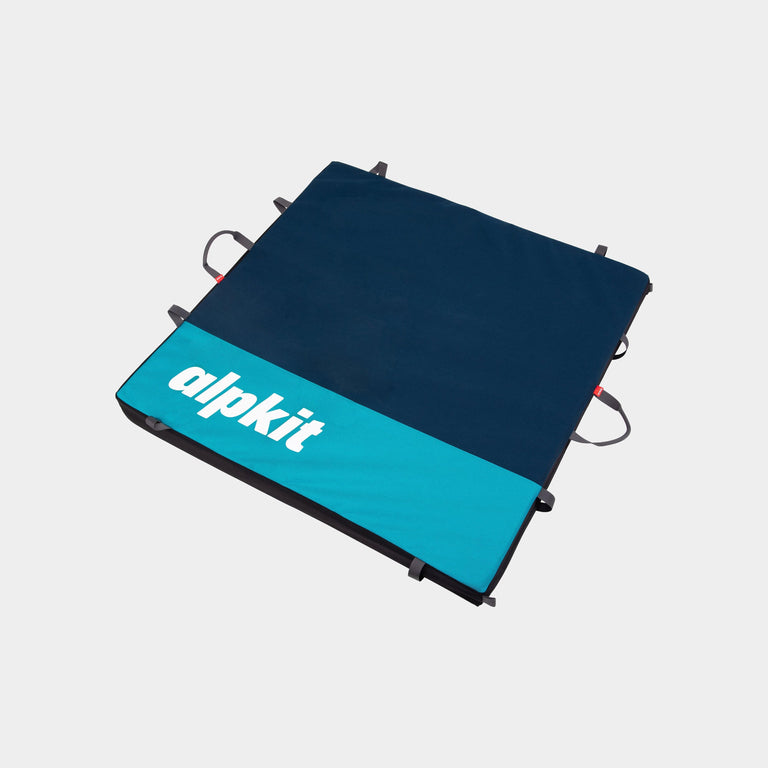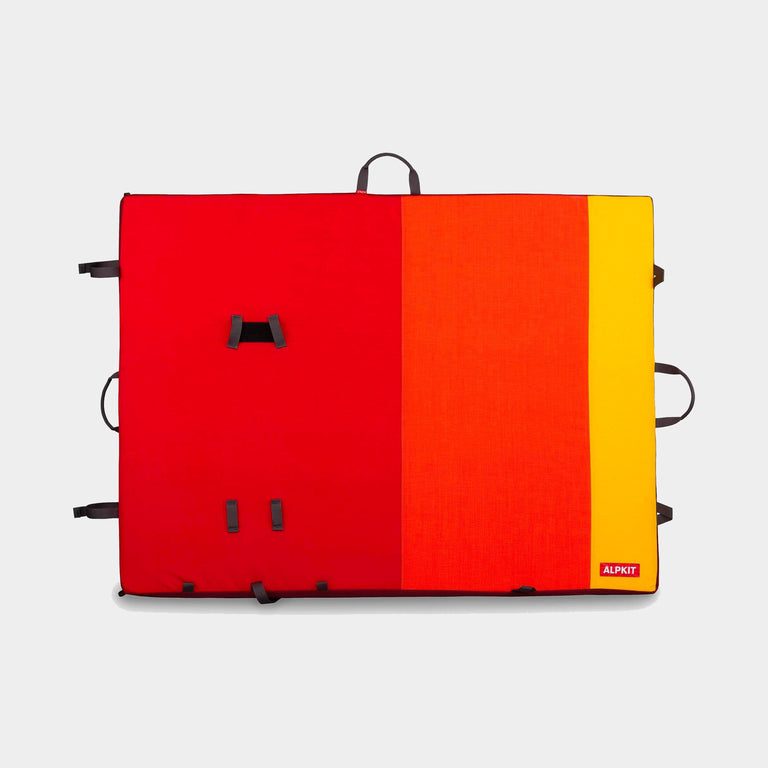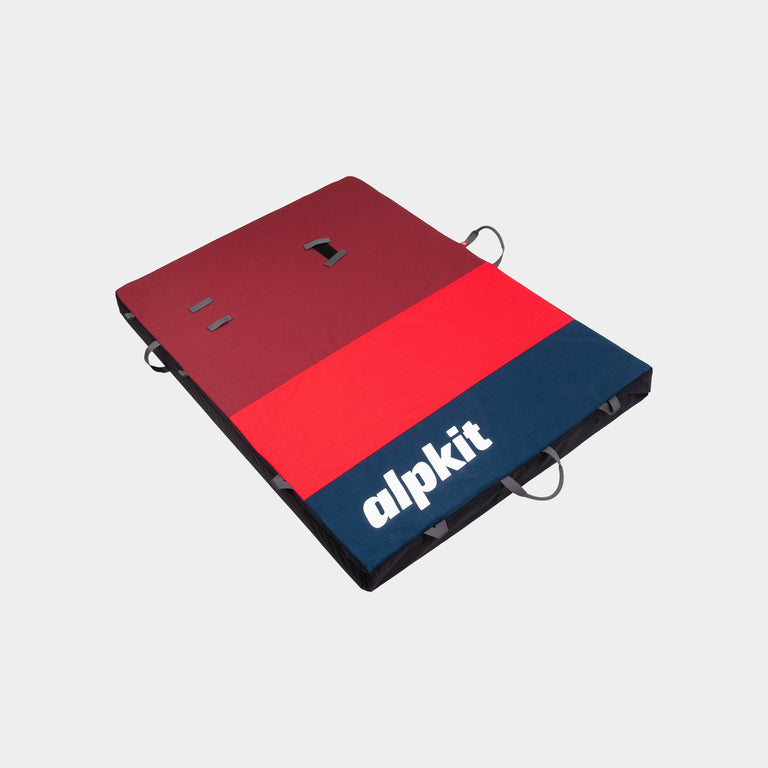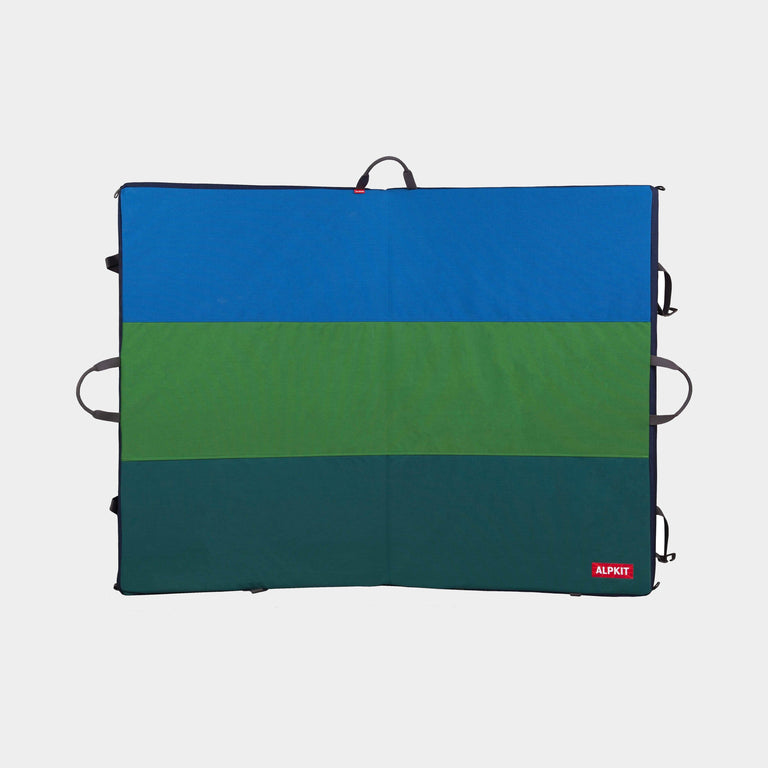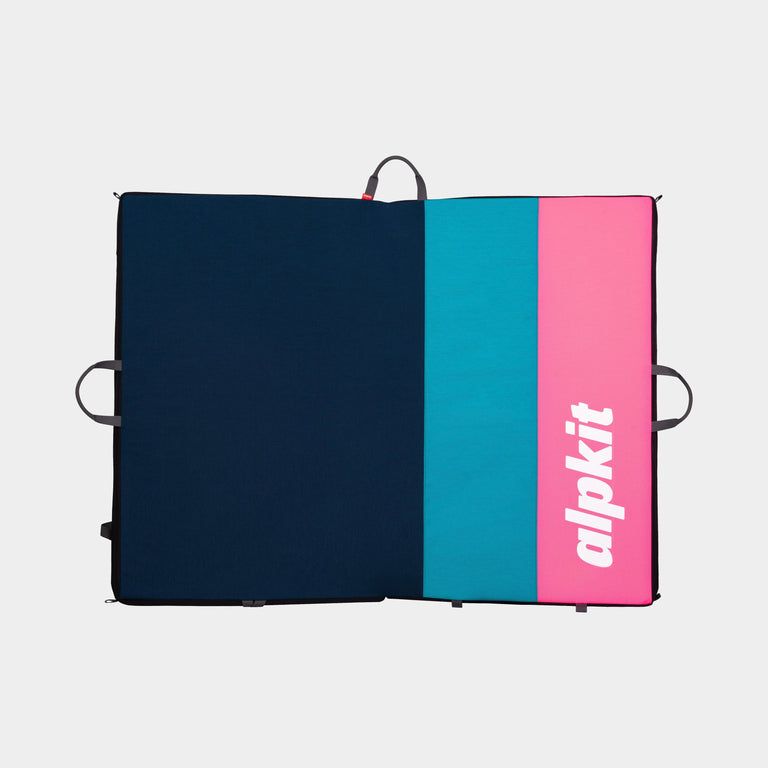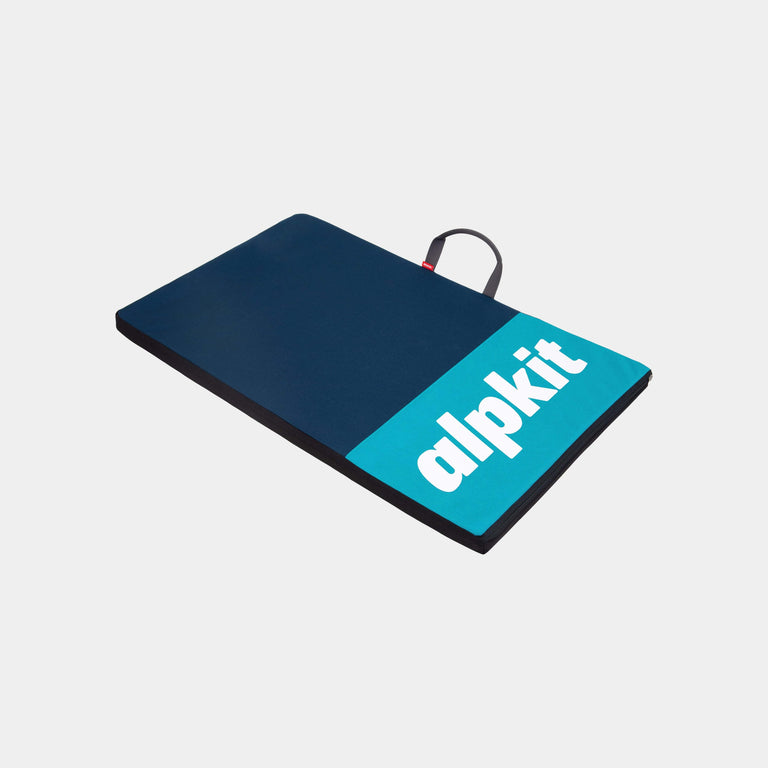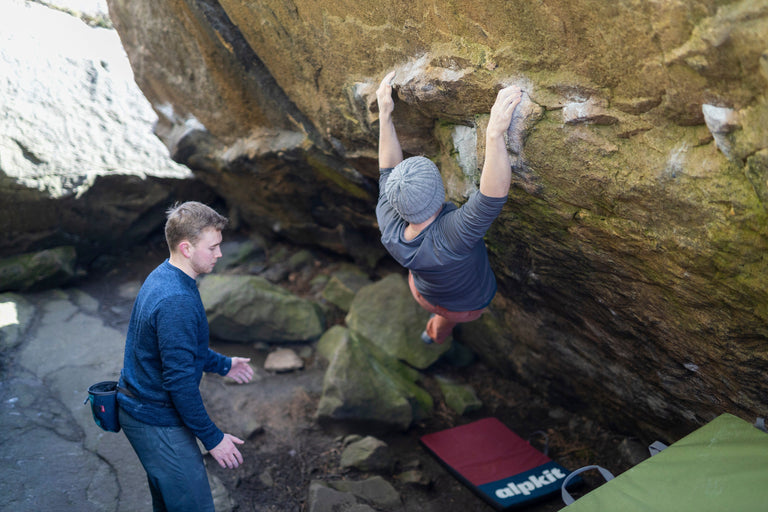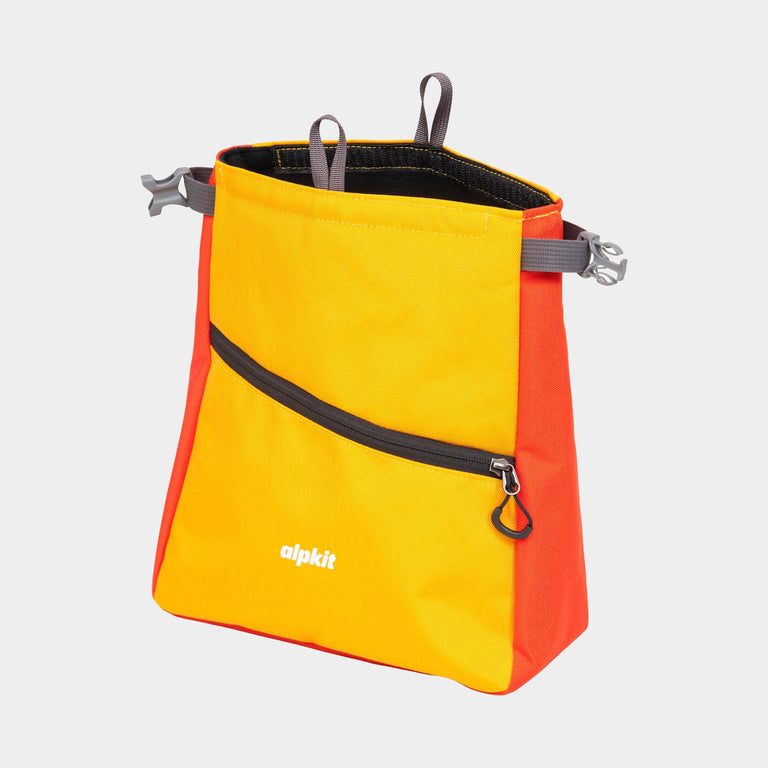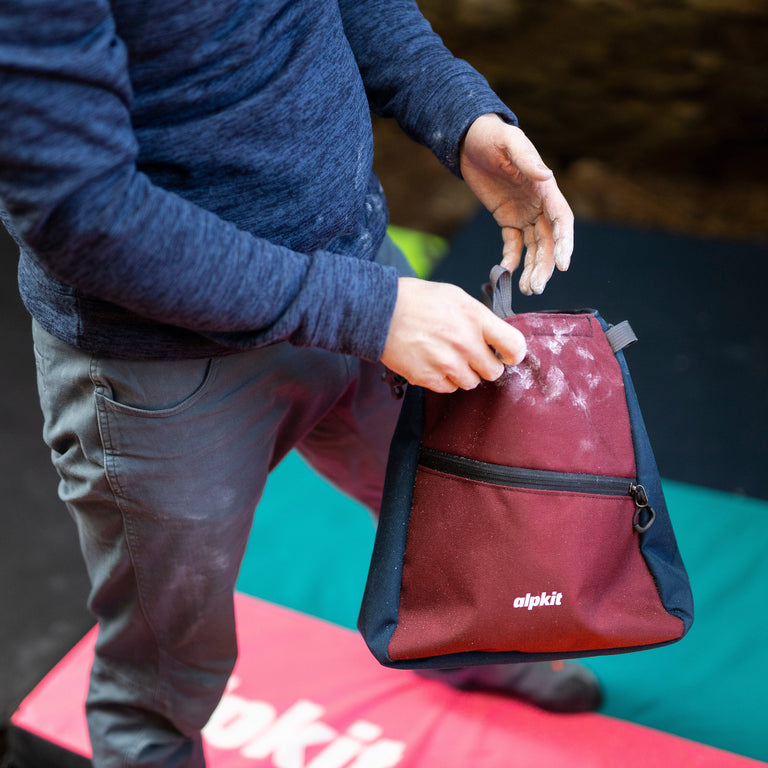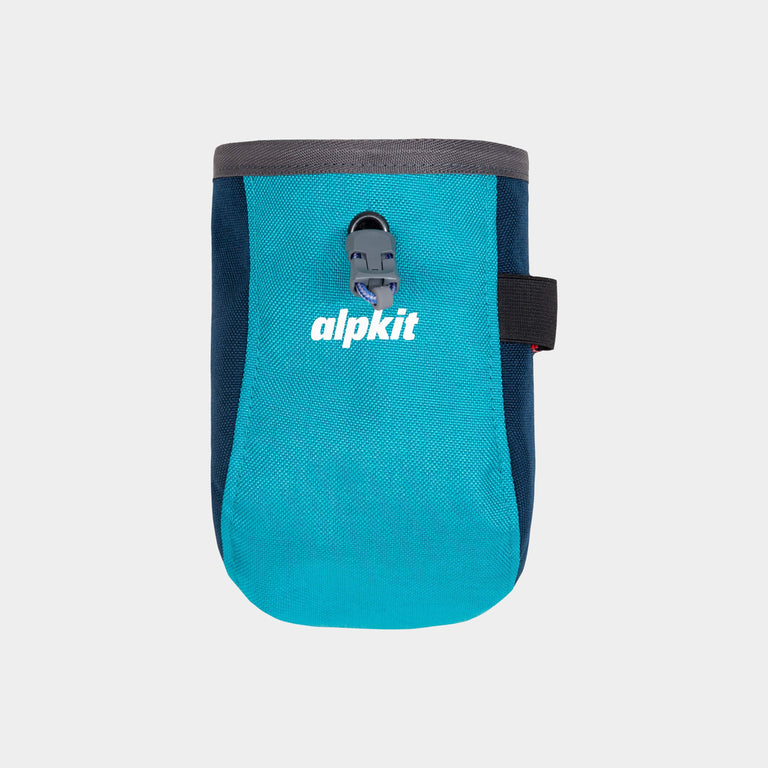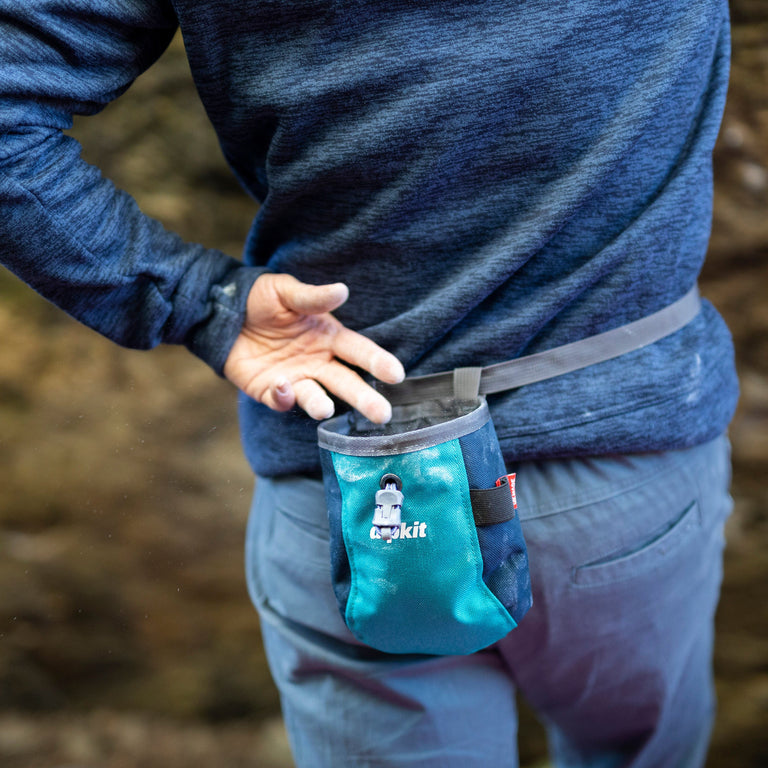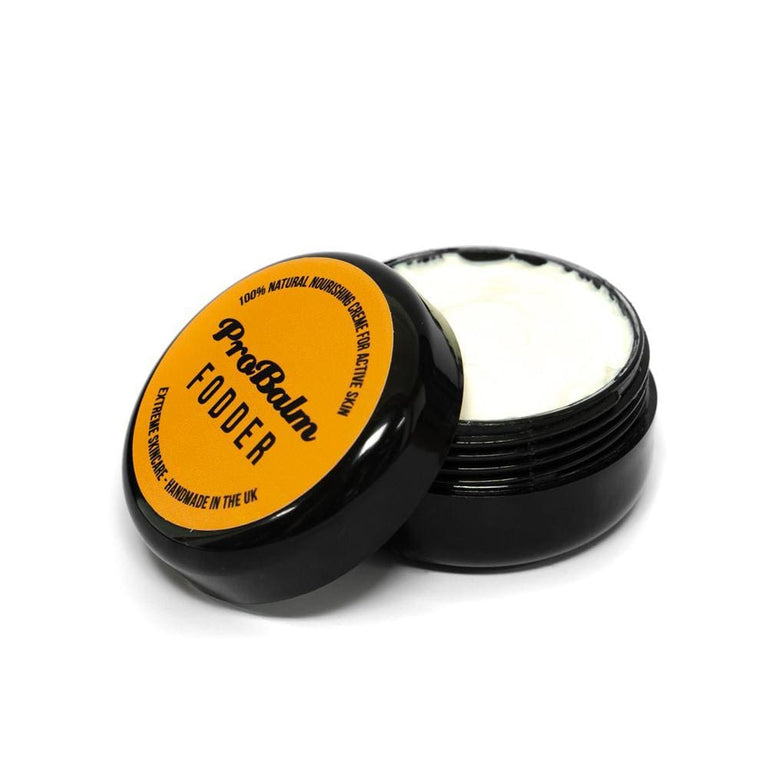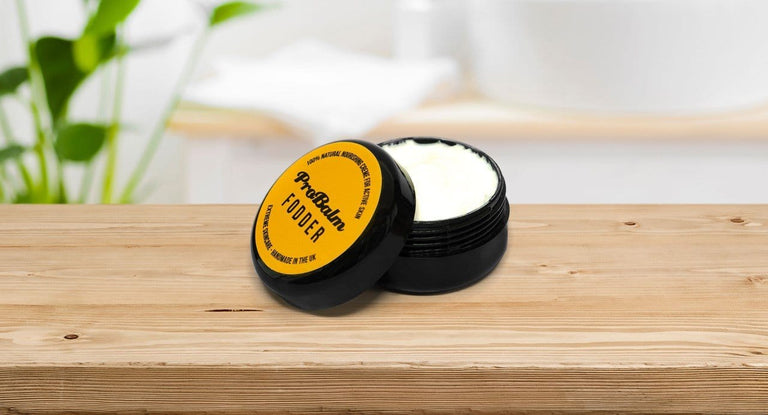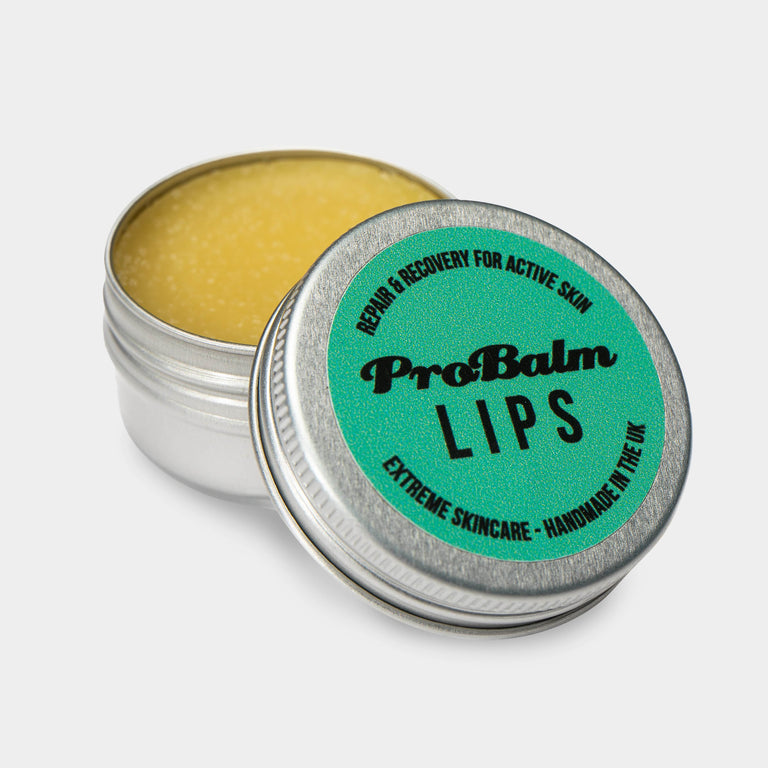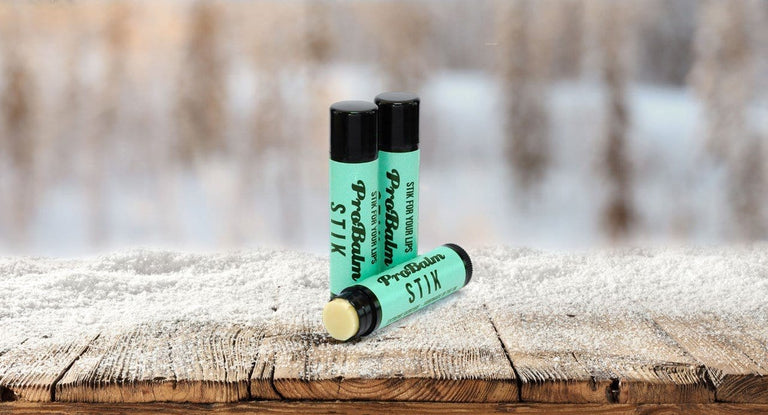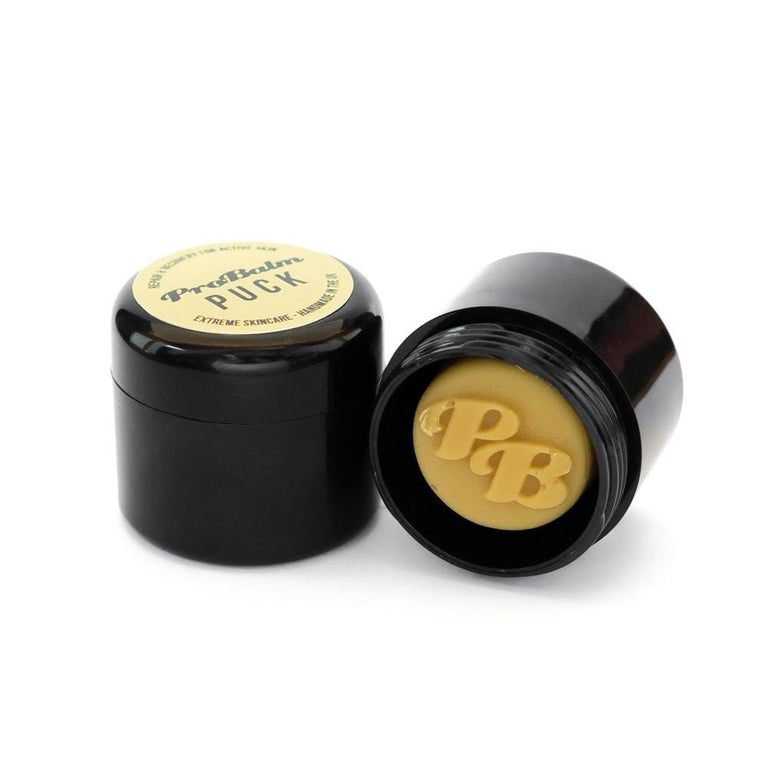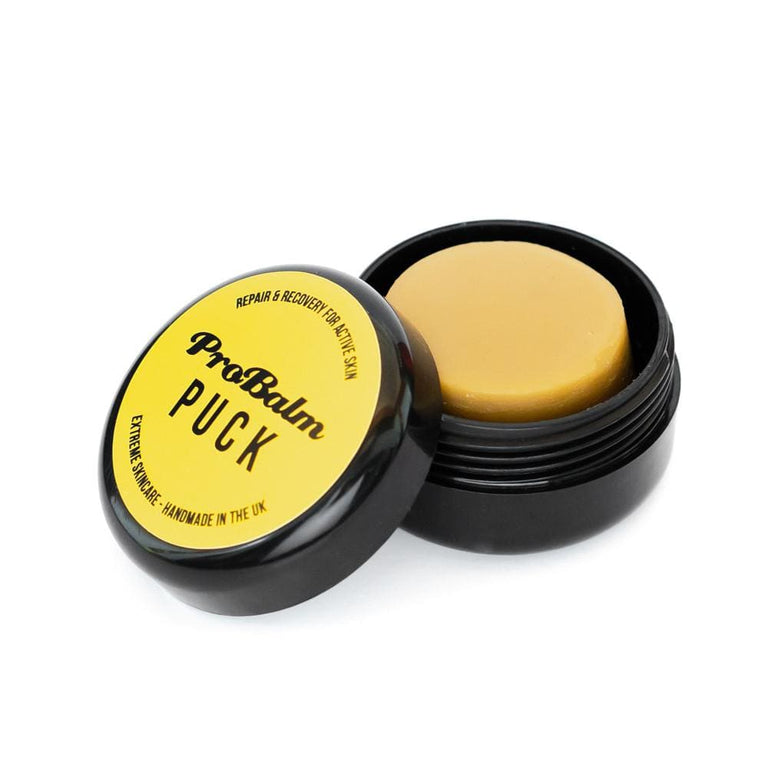
We spend much of our life trying to avoid friction but, as Dan Dean discovers, friction is a fundamental element of pure grit.
The changing of the season has me rubbing my hands together in anticipation for the return of perfect gritstone conditions (it’s not just to keep my hands warm, honest!). Summer shorts are relegated to the back of the cupboard, replaced by trousers that can handle the inevitable thrutching and contact with coarse gritstone. It's all part of the ritual.
With ‘grit season’ fast approaching I find myself once again flicking through a well-worn copy of Peak Bouldering, getting psyched and putting together a list of target climbs I’d love to get ticked off in the next few months. Proud lines, potential first-of-the-grade candidates, classic test pieces, recommendations from friends and the ‘ones that got away’ from last season all begin to find their way onto this year’s Grit List.
There’s something about this process which brings a fresh energy to this part of the year, and the timing couldn’t be better. This autumn ritual acts as the perfect antidote to post-summer blues and our somewhat reluctant farewell to warmer weather.
Such pining is hastily forgotten though as, for the next few months, cool crisp mornings and single-digit temperatures mean one thing – friction. The exact scientific explanation for gritstone’s legendary winter friction is a subject frequently discussed – often at length – in the pub after a day spent wrestling with sloper-filled boulder problems at Curbar or Stanage, knees scraped raw from repeated attempts at that tricky mantle.
“It’s all down to the humidity” someone will say, with the cool air less able to hold moisture than in the summer months. “Don’t forget the rocks hold moisture too…” another chimes in; adamant that as the porous gritstone cools, the moisture brought to the surface by warm summer air retreats back into the rock. “Never mind the rock, my hands are the ones sweating on the holds!”. We could be here a while...
Such discussions seldom end in consensus, but that’s half the fun. Besides, what would we talk about next time if they did? Whatever the reason, the rounded features that felt impossible just a few weeks before are transformed into useable hand holds, and the smallest rugosities on anything off-vertical feel practically ledge-like underfoot.
What's on your grit list this season? Tag us @alpkit
Every grit regular develops their own system. Layers are shed and re-donned with practiced efficiency between burns. Trousers bear the scars of campaigns past - polished knees from awkward low starts, frayed hems from scraping heels, the faint chalk ghosts of desperate smears. The ones that survive multiple seasons earn a certain respect, like old friends who've shared the struggle.
There's an unspoken understanding that if your gear looks too pristine, you're either very new or not trying hard enough. Gritstone doesn't forgive - it demands commitment from both climber and clothing alike.
These legendary grit connies keep us coming back year after year, helped in no small part by the beauty of the Peak District’s sweeping gritstone edges, whose frosted shimmer in the morning light gives just a hint of the hidden gems that lay in the boulder fields at their base. The walk-in becomes a transition - shedding the warmth of the drive for the sharp bite of the breeze, zipping up against the wind, readying yourself for the first cold touch of rock.
But more than that – it’s just good fun! If you're planning your own grit season adventures, we've put together some thoughts on choosing gear that can handle what the Peak District throws at it →

